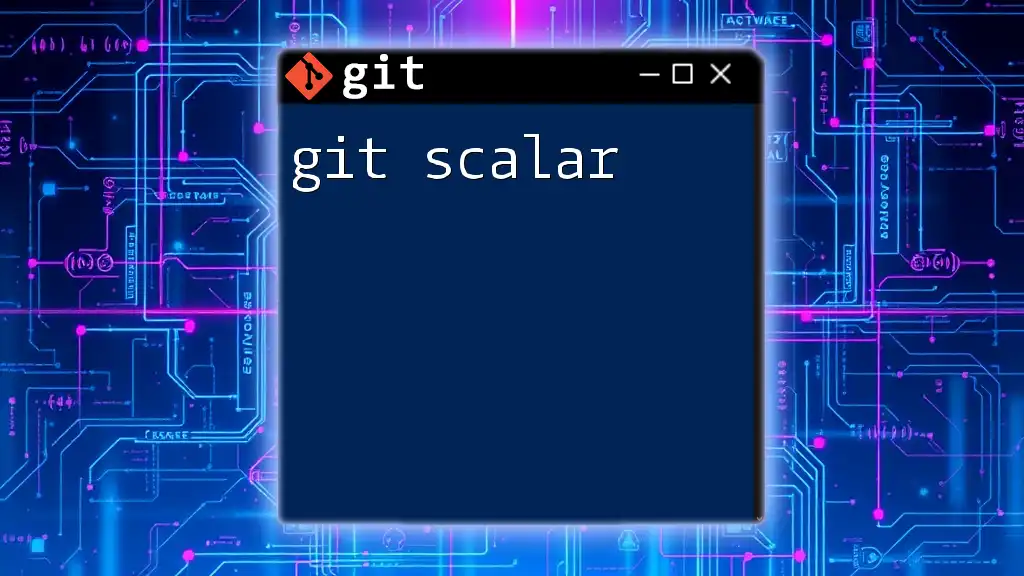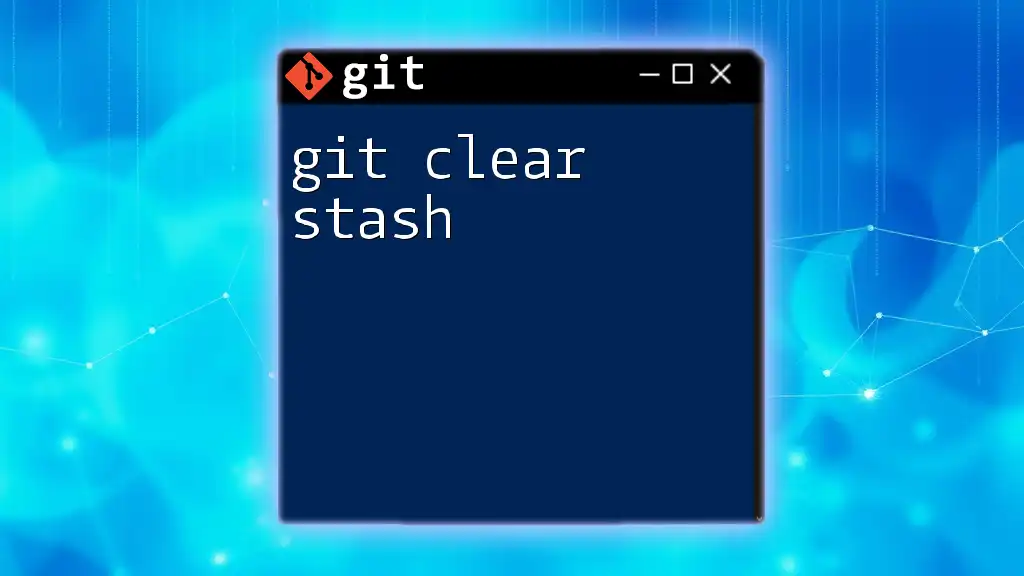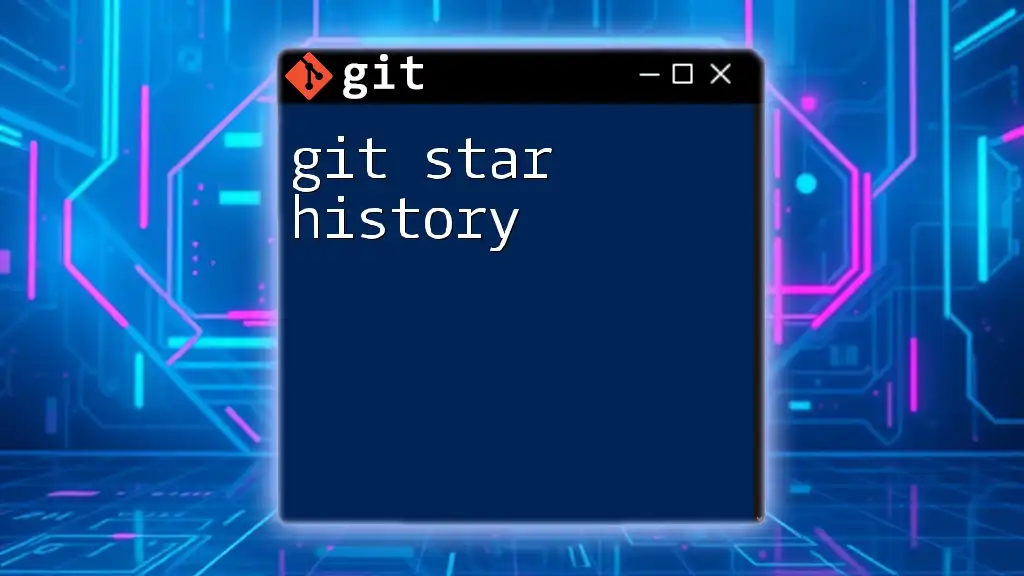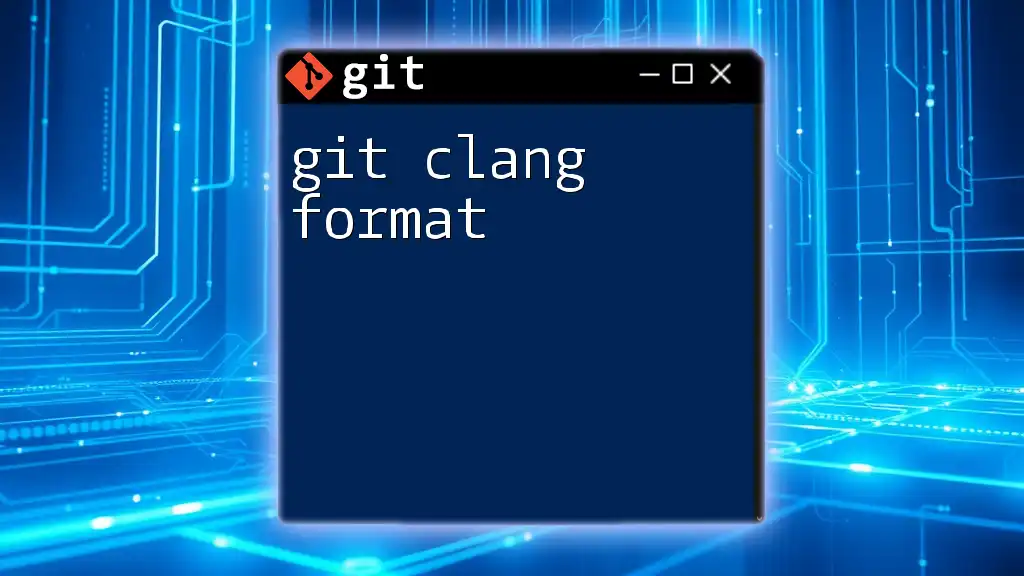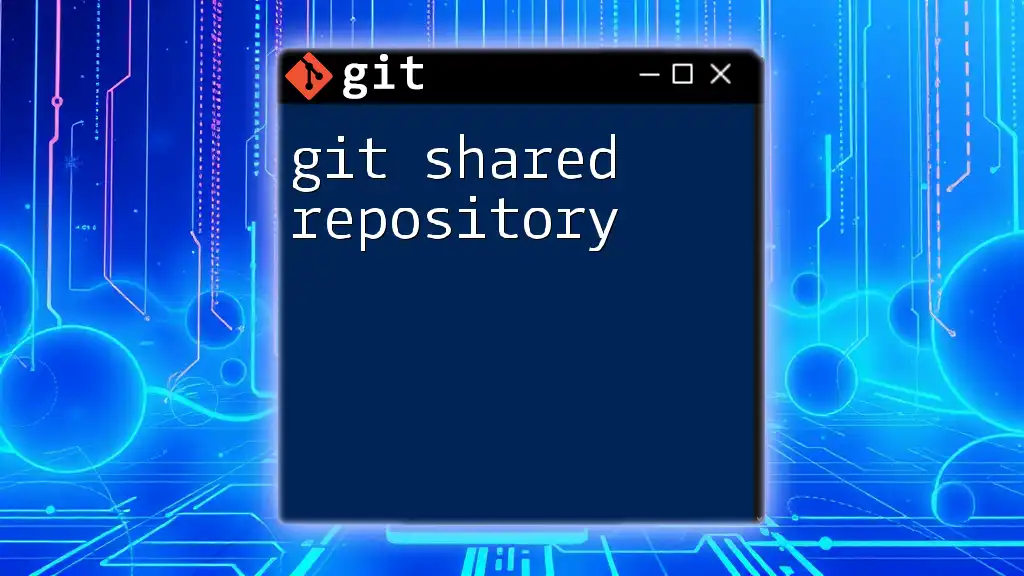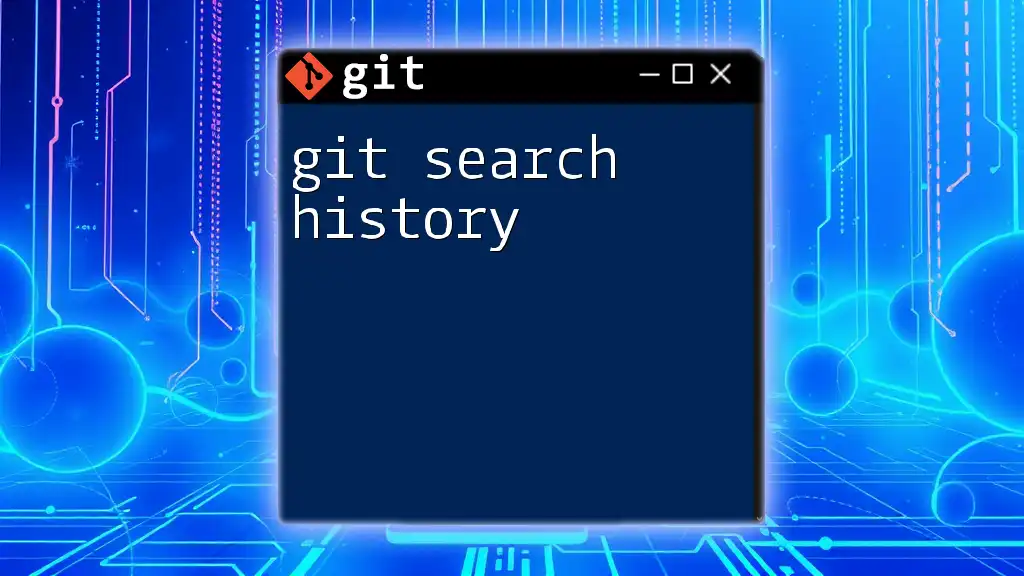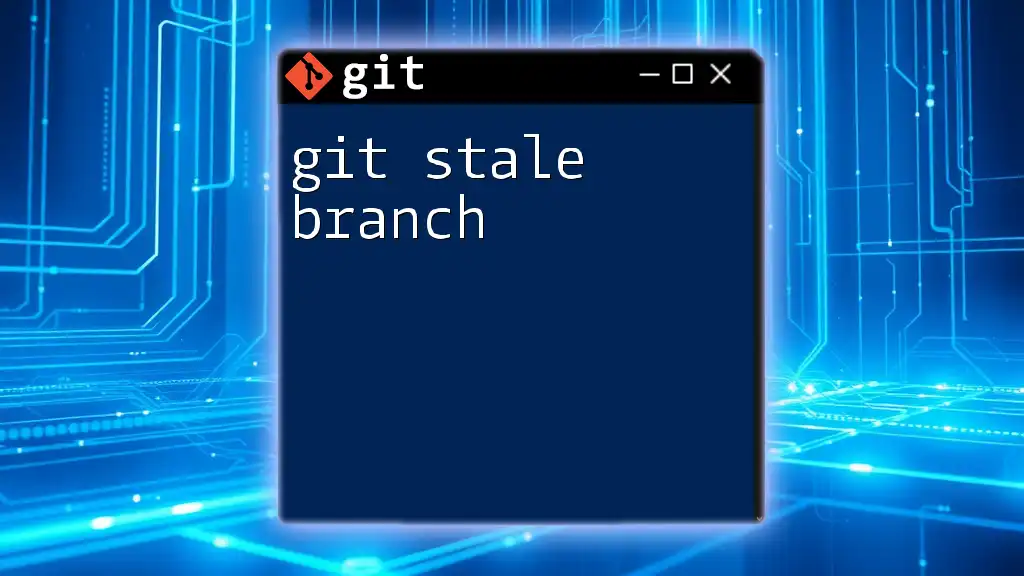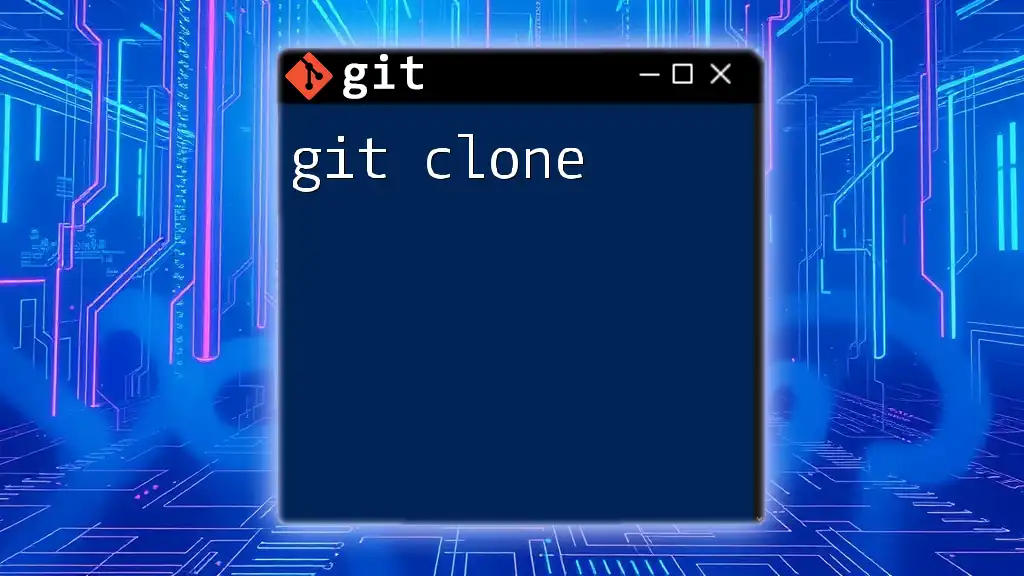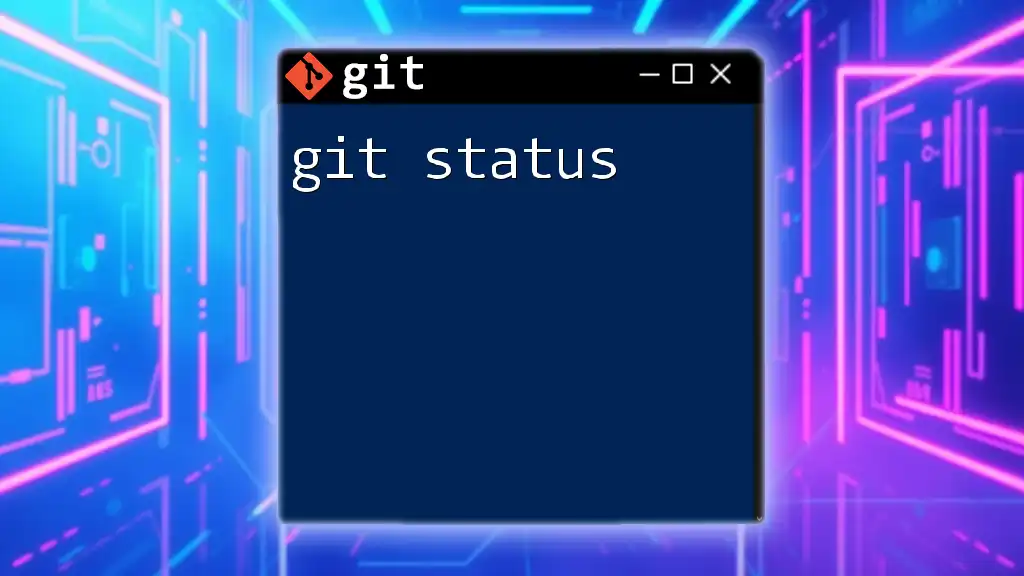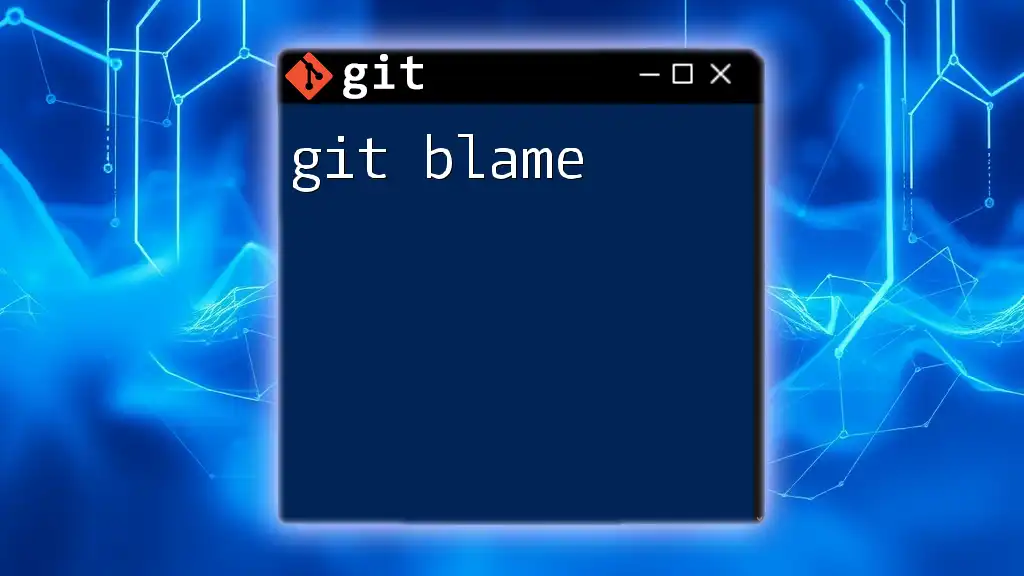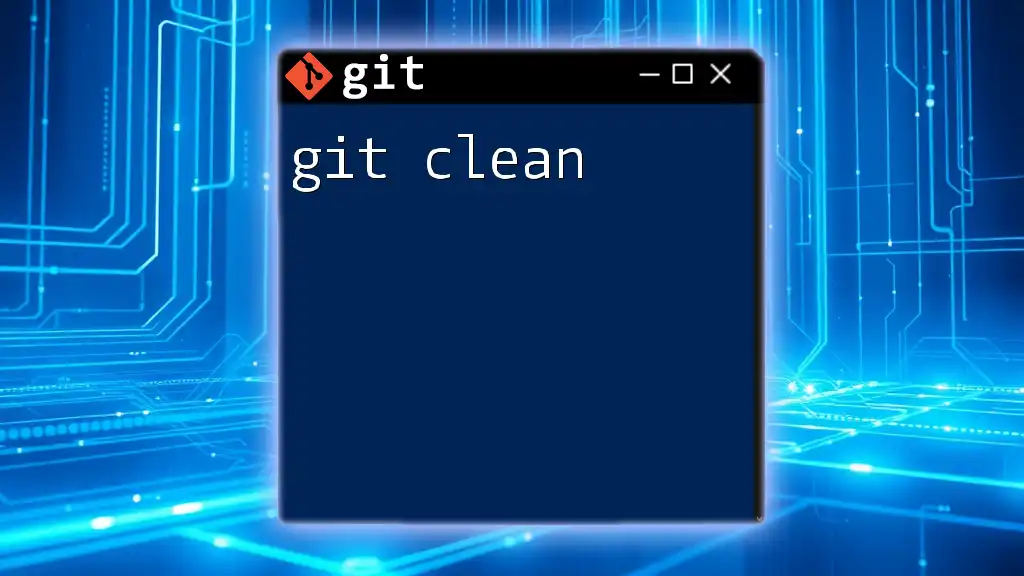Git Scalar is a performance-optimized version of Git that allows users to work with large repositories more efficiently, leveraging features such as partial cloning and lazy loading.
Here's a simple command to install Git Scalar:
git clone https://github.com/example/repo.git --depth 1
Understanding Git Scalar
What is Git Scalar?
Git Scalar is a specialized tool designed to enhance the performance and usability of Git, particularly when working with large repositories. Unlike traditional Git, which can slow down with vast amounts of data, Git Scalar optimizes operations and simplifies commands, allowing for a more seamless workflow.
Why Use Git Scalar?
Opting for Git Scalar comes with several significant advantages:
- Faster Operations: The tool improves the speed of common Git operations, making it ideal for projects with extensive histories and large files.
- Easier Management of Large Repositories: Git Scalar handles large repos by using less disk space and reducing the load times for repositories.
- Enhanced Collaboration: It fosters better collaboration among team members, as it simplifies commands that are often cumbersome in standard Git.
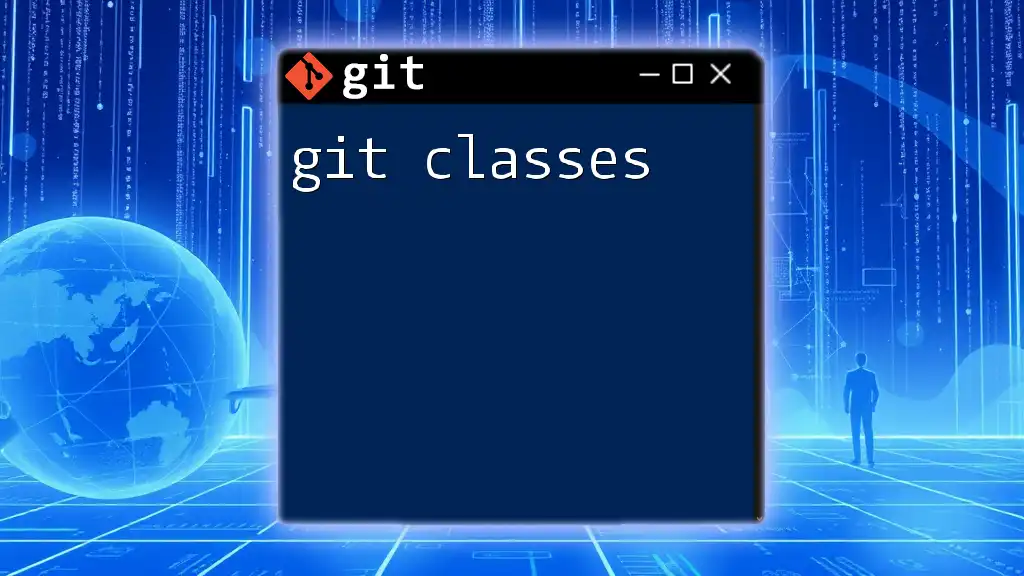
Getting Started with Git Scalar
Installation
Before diving into Git Scalar, ensure that you have the necessary dependencies installed. Common pre-requisites include a version of Git and package managers like Homebrew (for macOS users).
The installation process is straightforward:
# Example command to install Git Scalar
brew install git-scalar
After the installation completes, you can verify by checking the installed version:
git scalar --version
Initial Setup
Once installed, you need to configure Git Scalar for your development environment. This involves initiating Scalar in your git directory:
# Example configuration command
git scalar init
This command sets up the necessary configurations, making it ready for use in your project.
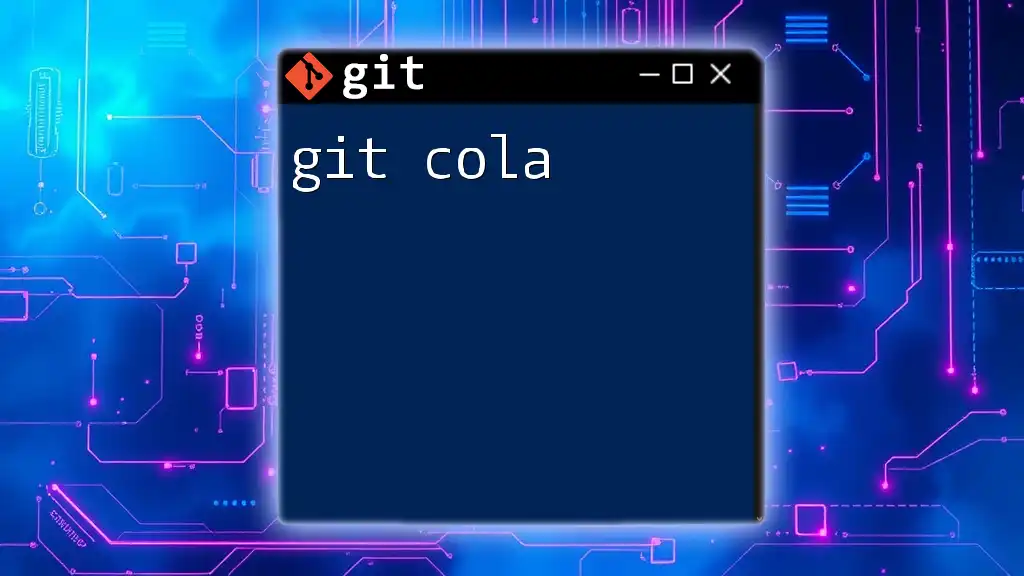
Core Git Scalar Commands
Overview of Scalar Commands
Git Scalar transforms how you interact with your repositories through its command-line interface. Many Scalar commands are specifically designed to take advantage of the optimizations it offers, making familiar commands faster and more efficient.
Common Commands Explained
Cloning a Repository
One of the first commands you’ll use with Git Scalar is `scalar clone`, which is designed to clone repositories quickly and efficiently:
# Example command for cloning
git scalar clone <repository-url>
By using `scalar clone`, you benefit from optimized fetching—downloading only the necessary data and reducing initial clone time significantly.
Fetching Changes
The `scalar fetch` command is another staple, which allows you to retrieve the latest changes from the remote without merging them into your local branch. This is especially useful for larger projects where you want to review changes before integrating them:
# Example command for fetching changes
git scalar fetch
This command ensures your local repository stays up-to-date without disrupting your ongoing work.
Pulling Updates
Here's how to use the `scalar pull` command, which integrates both fetching and merging:
# Example command to pull updates
git scalar pull
This command pulls the latest changes and merges them into your current branch with the added performance optimizations that come with Git Scalar.
Viewing Status
To check the state of your repository, use `scalar status`:
# Example command to check repository status
git scalar status
This command shows you which files have changed, which are staged, and which are untracked, all with a clearer interface than traditional Git.
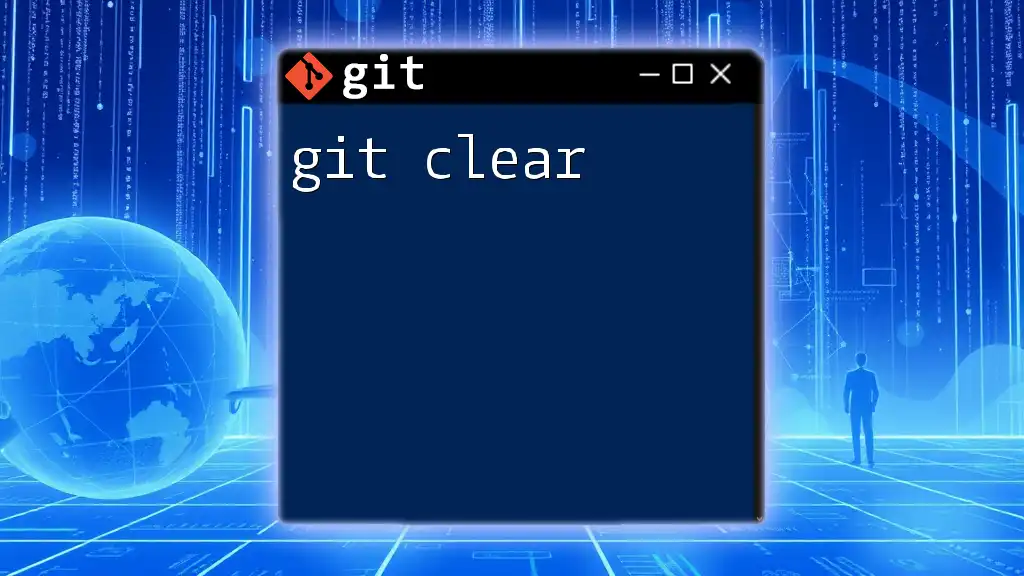
Advanced Features of Git Scalar
Streamlined Workflow
Git Scalar's architecture is designed to optimize developer workflows. By employing strategies like lazy loading and background operations, it minimizes interruptions and helps maintain focus, making it far superior to traditional Git in environments with high collaboration.
Cache Management
One of the standout features of Git Scalar is its caching capability. Scalar uses caching to store frequently accessed data temporarily, reducing both disk I/O and network traffic:
# Example command for managing cache
git scalar cache --status
This command lets you view the current status of your cache, helping you manage and optimize resource usage efficiently.
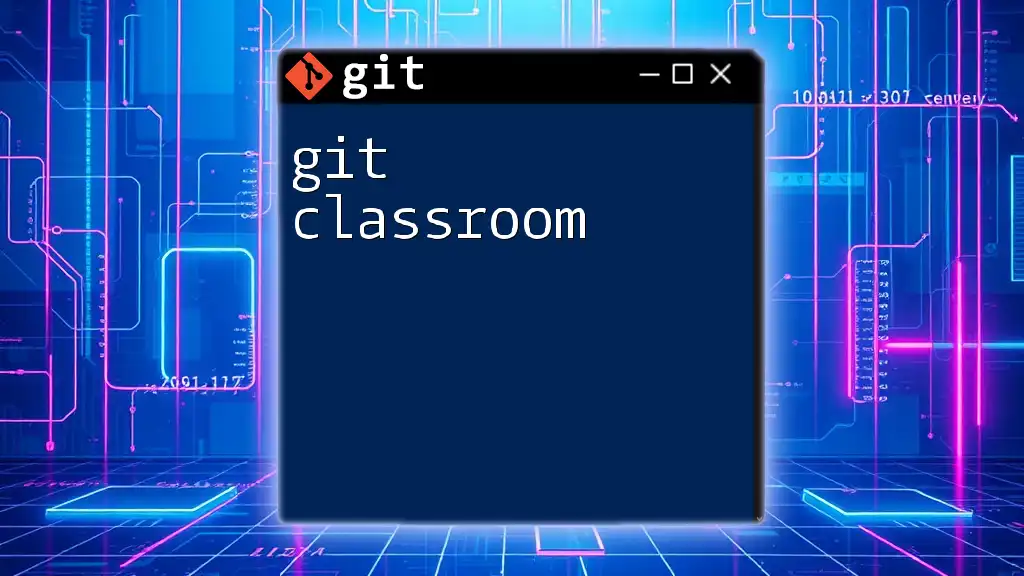
Use Cases
When to Opt for Git Scalar
While Git Scalar provides numerous benefits, its real strength shines in specific scenarios. It’s ideal for:
- Projects with extensive histories that require frequent accesses.
- Collaborations involving multiple developers who work on large files that must be retrieved and updated frequently.
Real-World Applications
Companies that manage expansive codebases, such as those in the tech and finance sectors, have successfully integrated Git Scalar into their workflows. They report less time spent on mundane tasks and more resources focused on innovation and project delivery.
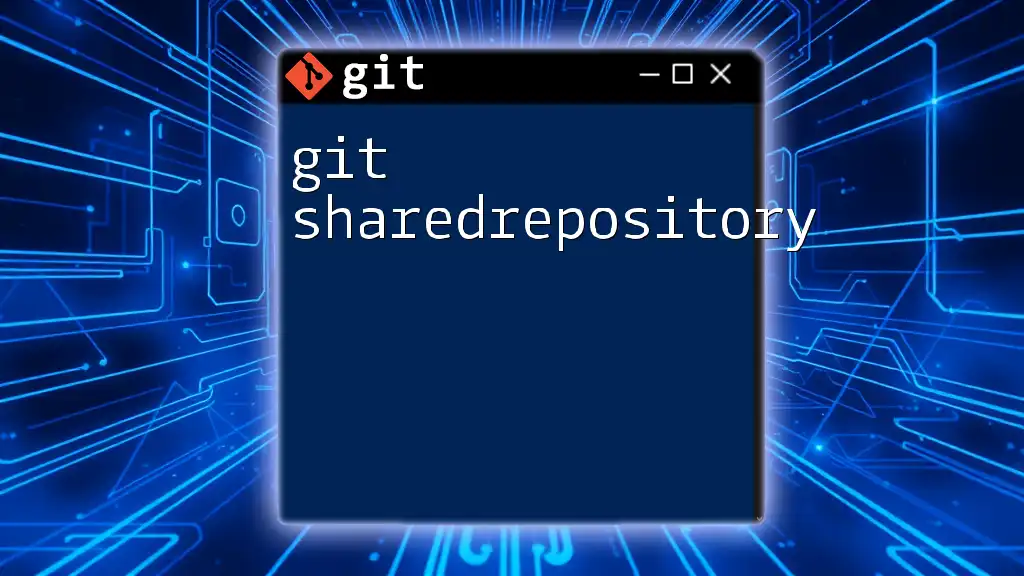
Best Practices
General Tips for Using Git Scalar
To make the most of Git Scalar, consider the following strategies:
- Regularly update your installation to benefit from the latest performance optimizations.
- Leverage caching wisely to minimize disk space usage.
- Use `scalar clone` and `scalar pull` to maximize efficiency when working in a team environment.
Avoiding Common Pitfalls
While Git Scalar is designed to simplify workflows, it’s important to avoid common mistakes:
- Failing to manage your cache could lead to unnecessary memory use.
- Not utilizing `scalar fetch` before a `scalar pull` may lead to merge conflicts, especially in collaborative scenarios.
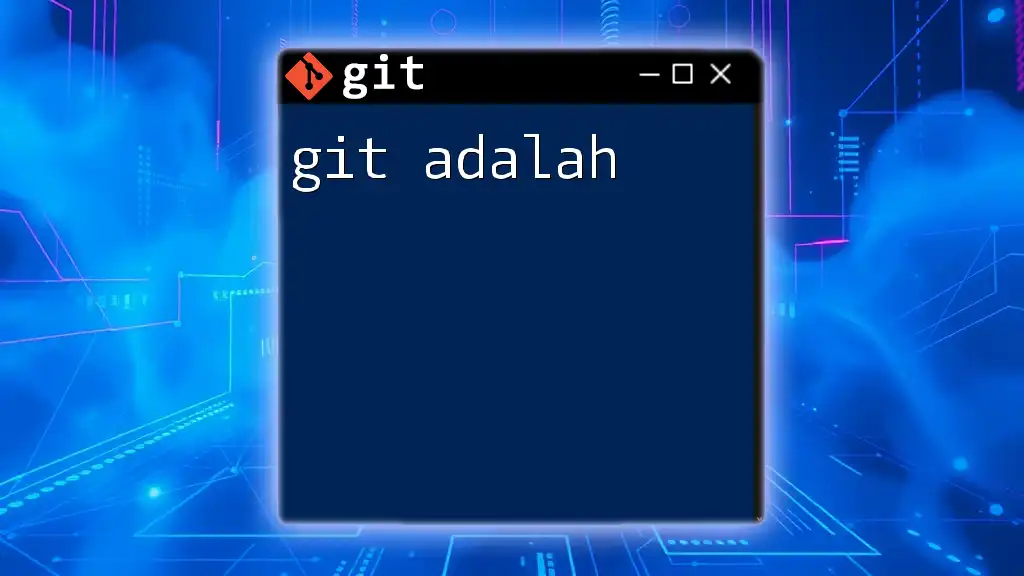
Conclusion
Git Scalar presents a compelling upgrade from traditional Git, offering notable improvements in speed, ease of use, and collaboration. Transitioning to Git Scalar could significantly boost your efficiency, especially if your projects involve large repositories or complex team dynamics. It's time to explore Git Scalar and revolutionize the way you manage your code!
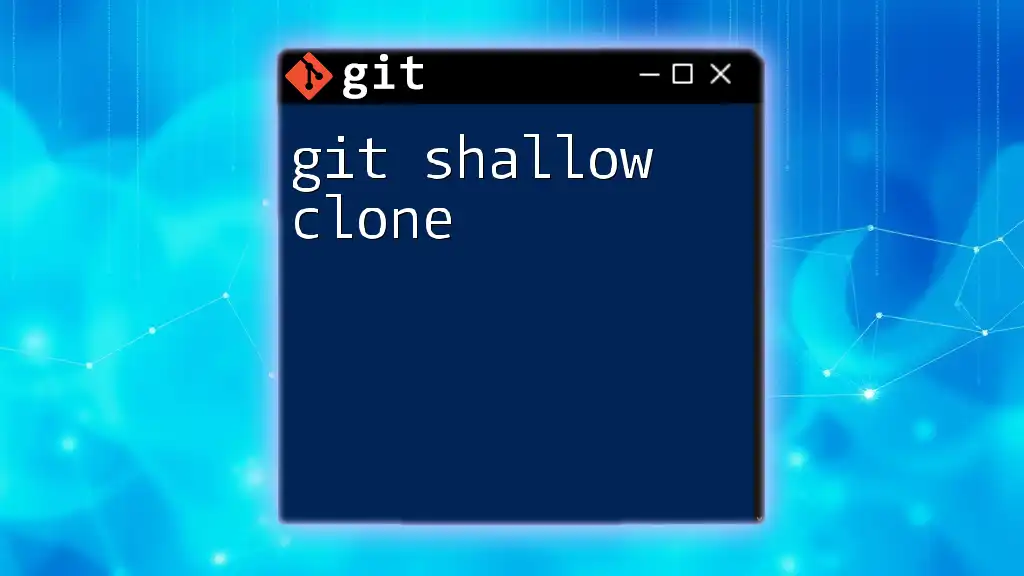
Additional Resources
For further exploration, consider visiting the official Git Scalar documentation and engaging with community forums for additional support and knowledge sharing. There are abundant online tutorials that can deepen your understanding and help you master Git Scalar’s capabilities.

